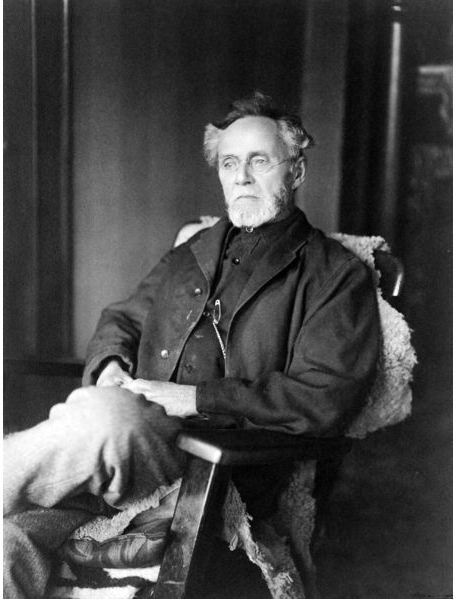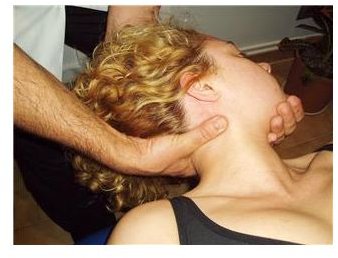What is Osteopathy? Learn All About Osteopathy History & Benefits
Chiropractic, one of the key disciplines of holistic treatment, places importance on the diagnosis and treatment of musculoskeletal system-related problems. While some know that holistic treatments like osteopathy are a type of chiropractic adjustment, most people still don’t know what osteopathy is.
What is Osteopathy?
To understand what is osteopathy, one needs to understand the musculoskeletal framework, which is made up of the spine, joints and muscles. Osteopaths believe that if there is some imbalance in the spine, joints, cranium and muscles, it can result in pain and disease in the human body. Osteopathy aims to strengthen and treat these imbalances and focuses on complete body health.
A person who practices this unique therapy is called an osteopath. He or she employs gentle manual techniques to cure the imbalance of all these areas and provide total body health.
Osteopathy treats many conditions including headaches, sciatica, foot pain and tennis elbow. It also helps to solve postural problems, digestive problems, arthritis and carpal tunnel syndrome. An effective osteopathic treatment can also prove very beneficial for poor sleep patterns. But, the therapy is widely known for its prevention of back pain.
Osteopathy History

The person behind this holistic therapy is Dr. Andrew Taylor Still. The history of osteopathy revolves around the personal experiences of Dr. Still. He invented this therapy in 1874 when he completely lost faith in conventional medical therapies. Doctor Still realized that total body health can only be achieved if each tissue and cell of the body functions in harmonious motion.
Dr. Still used to experiment with this form of therapy when he was just 10 years old. Young Andrew used to treat his frequent headache and nausea problems by constructing a rope swing between two trees and used the rope as a pillow.
Inspired by his father, Still studied medicine to be a physician. Soon, he became a licensed MD and went to serve the Union Army as a surgeon during the American Civil War. But, tragedy soon struck as his three children died of spinal meningitis. Dr. Still lost his faith on orthodox medical practice and took a different route to treat diseases. His 10 years of extensive study of the human body made him believe that the musculoskeletal system played an important part in health. He began using manual techniques (i.e. his hands) to treat patients and developed osteopathic manipulative medicine. In 1892, Dr. Still established the American School of Osteopathy in Missouri, now known as A.T. Still University.
Disclaimer Please read this disclaimer regarding the information you have just read.
Conclusion
Although skeptics believe osteopathic treatment to be another “alternative” treatment yet to be proved by scientific research, patients experience complete relief from common ailments when an osteopath uses manual techniques to manipulate their spine and joints. The therapy is similar to chiropractic or massage therapy, but an osteopath knows how to deal with different conditions and tries best to assure total health.
References:
https://en.wikipedia.org/wiki/Andrew_Taylor_Still
https://www.medicalnewstoday.com/articles/70381.php
www.dr-dom.com/osteopathy_history.html
Image References:
https://commons.wikimedia.org/wiki/File:Andrew_Taylor_Still_1914.jpg
https://commons.wikimedia.org/wiki/File:Foto_folleto_osteopat%C3%ADa_siete.jpg
